Willala (윌라라)
8.2 Km 142 2021-03-22
33, Seongsanjungang-ro, Seogwipo-si, Jeju-do
+82-64-782-5120
This is a western cuisine located in Seogwipo-si, Jeju-do. A restaurant selling only a limited quantity of dishes. The representative menu is fish & chips.
Woljeongri Beach (월정리해변(월정리해수욕장))
8.3 Km 30958 2023-01-17
480-1, Haemajihaean-ro, Jeju-si, Jeju-do
+82-64-740-6000
Woljeong-ri, a village located on the east side of Jeju Island, holds the meaning "the moon stays." The beautiful emerald sea spreads out like a picture, and the bright moon shines above it. As more and more travelers visited the beach to appreciate its beauty, many restaurants, cafes, and lodging facilities started to form along the shoreline. Some cafes placed chairs for people to relax in while looking at the sea, which became an iconic photo spot of Woljeongri Beach.
The beach is also a popular location for a variety of water sports such as surfing, snorkeling, and kayaking. Woljeongri Beach is popular among surfers because it has waves with a uniform x_height that are constantly coming in. The beach is also a part of the Gimnyeong-Hado Olle and Gimnyeong-Woljeong Geotrail Course on Jeju Olle Trail Route 20, and a great spot for tourists to take a break while taking in the beautiful scenery and cool scent of the sea.
Cheongun Sikdang (청운식당)
8.3 Km 5402 2021-03-24
285, Ilchul-ro, Seogwipo-si, Jeju-do
+82-64-782-3912
This is a place where you can enjoy Galchi (beltfish) cuisine even in the early morning. This restaurant's signature menu is cutlassfish set menu. This Korean dishes restaurant is located in Seogwipo-si, Jeju-do.
JE JU RANG (제주랑)
8.3 Km 117 2021-03-22
14, Seongsanjungang-ro 40beon-gil, Seogwipo-si, Jeju-do
+82-64-782-0104
This is a Korean cuisine located in Seogwipo-si, Jeju-do. The representative menu is grilled mackerel. Well-known for braised cutlassfish and abalone ttukbaegi(abalone stew in ttukbaegi).
Jeju Ttukbaegi (제주뚝배기)
8.4 Km 26717 2024-03-12
255 Ilchul-ro, Seongsan-eup, Seogwipo-si, Jeju-do
+82-64-782-1089
Jeju Ttukbaegi is a seafood restaurant located at the entrance of Seongsan Ilchulbong Tuff Cone. Their signature dish is the jeonbok haemul ttukbaegi (abalone and seafood hot pot), a hearty stew made with blue crab broth and abundant seafood. They also serve crispy godeungeo gui (grilled mackerel), savory galchi jorim (braised cutlassfish), and flavorful jeonbokjuk (abalone porridge). Each dish comes with a variety of side dishes. They start serving early, making it a great spot for breakfast.
Haechon (해촌)
8.5 Km 20526 2021-03-24
220, Ilchul-ro, Seogwipo-si, Jeju-do
+82-64-784-8001
You can eat various sashimi with a wonderful scenery background. The best menu at this restaurant is sliced raw cutlassfish. This Korean dishes restaurant is located in Seogwipo-si, Jeju-do.
Maze Land (메이즈랜드)
8.5 Km 50877 2021-12-21
2134-47, Bijarim-ro, Jeju-si, Jeju-do
+82-64-784-3838
Maze Land is a themed park boasting the world’s longest stone maze, measuring roughly 5.3 km in total length. The maze is made mainly using stone and wood found on Jeju and is created to reflect the Jeju's three principle items or "Samda," which describes the things abundant on Jeju Island: rocks, wind, and women. The maze not only offers a fun activity for you and your friends, but also provides health benefits as the stones emit high levels of far-infrared radiation and the woods (T. occidentalis) produce a large volume of phytoncides. The park, with its variety of trees several decades old, is the perfect place for "forest bathing,” in which people surround themselves with nature (particularly trees) to soak in the natural benefits.
In addition to the mazes made of trees and stones, visitors are encouraged to check out the maze museum detailing the history of mazes starting from their origin in the 14th century. During the museum tour, visitors may also participate in hands-on activities such as puzzles and games.
Seongsanpo Haenyeo Gongyeonjang (성산포 해녀물질공연장)
8.5 Km 20509 2024-02-19
284-34 Ilchul-ro, Seongsan-eup, Seogwipo-si, Jeju-do
The site refers to Umutgaehaebyeon Beach, a fishing area near Seongsan Ilchulbong Tuff Cone where haenyeo (women divers) demonstrate their skills. The process is as follows: haenyeo introduction, sea diving, collecting seafood, taking pictures, selling seafood, and tasting. Visitors can taste sea cucumbers, sea pineapples, and conch at the Haenyeo's House restaurant run by the haenyeo. The schedule changes depending on the season and weather conditions.
Yongnunioreum Volcanic Cone (용눈이오름)
8.8 Km 20450 2024-03-15
28 Jongdal-ri, Gujwa-eup, Jeju-si, Jeju-do
+82-64-740-6000
Yongnunioreum Volcanic Cone is located in the eastern part of Jeju. It connects three craters and creates beautiful ridges. Its relatively low x_height makes reaching its summit easy. The top offers panoramic views of Seongsan Ilchulbong Tuff Cone and Udo Island in the distance. In spring and summer, the area is covered with green grass, while silver grass takes over in fall and winter.
Seongsan Ilchulbong Tuff Cone [UNESCO World Heritage] (성산일출봉 [유네스코 세계문화유산])
9.1 Km 412374 2024-05-16
284-12, Ilchul-ro, Seogwipo-si, Jeju-do
+82-64-710-7923
Seongsan Ilchulbong Tuff Cone rose 180 meters above sea level due to a magma flow under the sea over 5,000 years ago. It was originally a separate island, but a build-up of sand and soil has connected it to the main island. A large crater, formed by the hot lava mixing with cold ocean water, is located at the top of Seongsan Ilchulbong Tuff Cone. The crater is about 600 meters in diameter and 90 meters deep. It has been featured in films, and was originally used for agriculture, but has now been given over to a field of silver grass. From the summit, visitors can see Udo Island, as well as take in the magnificent sunrise. The tuff cone area was designated as a natural reserve on July 19, 2000.
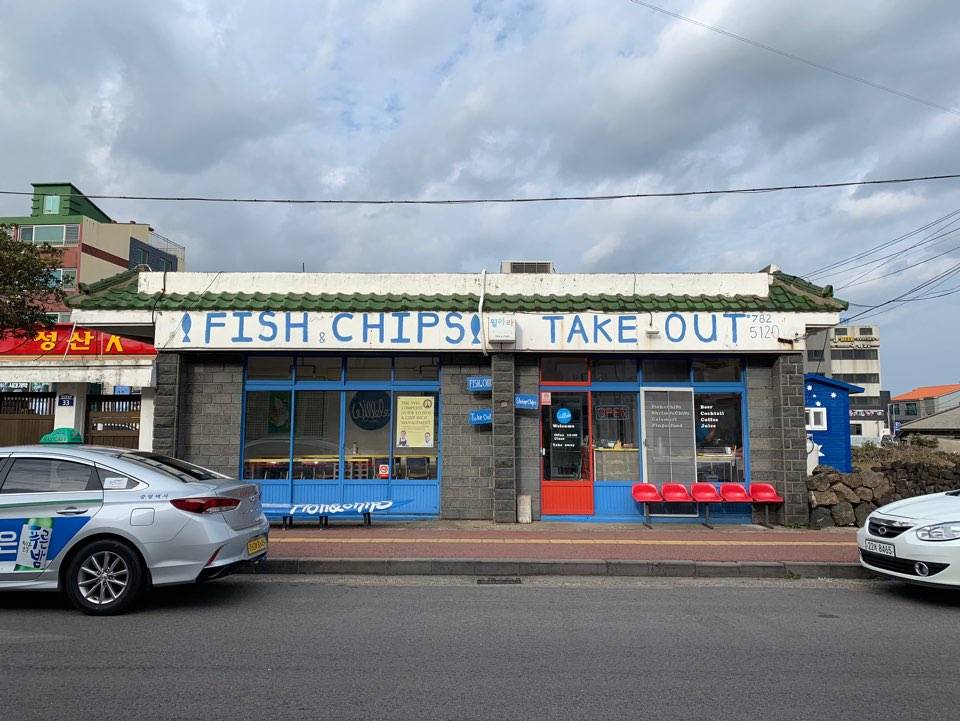

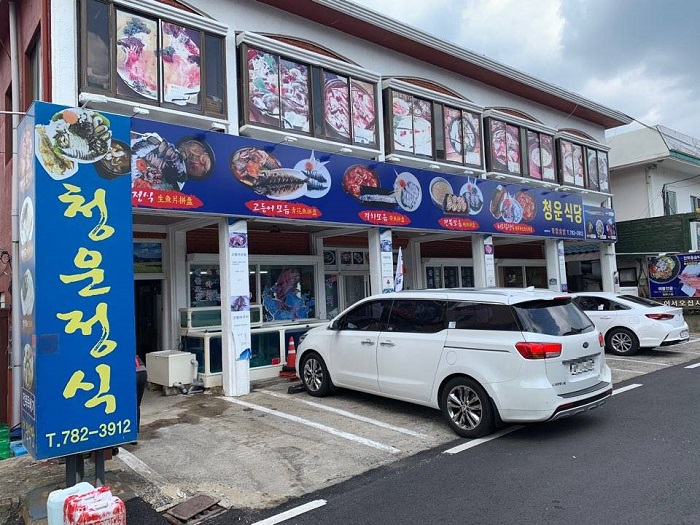
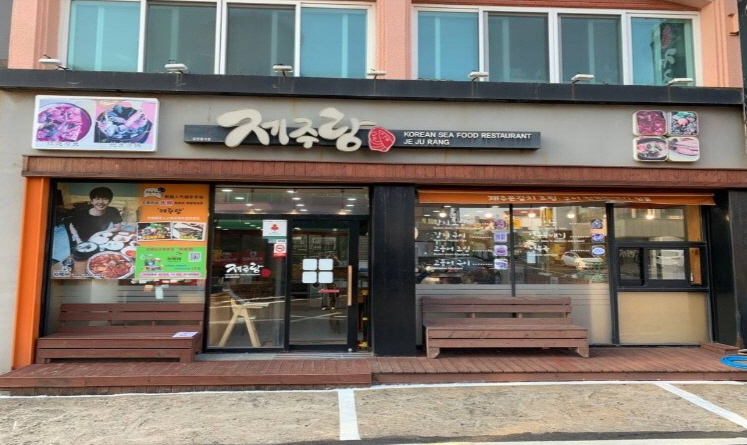
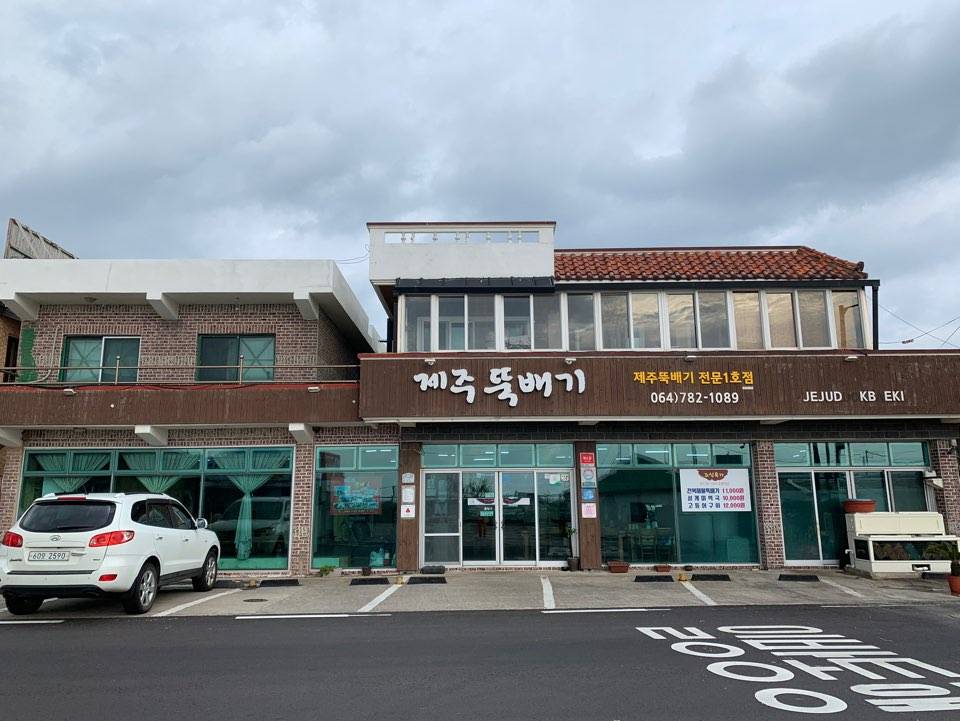
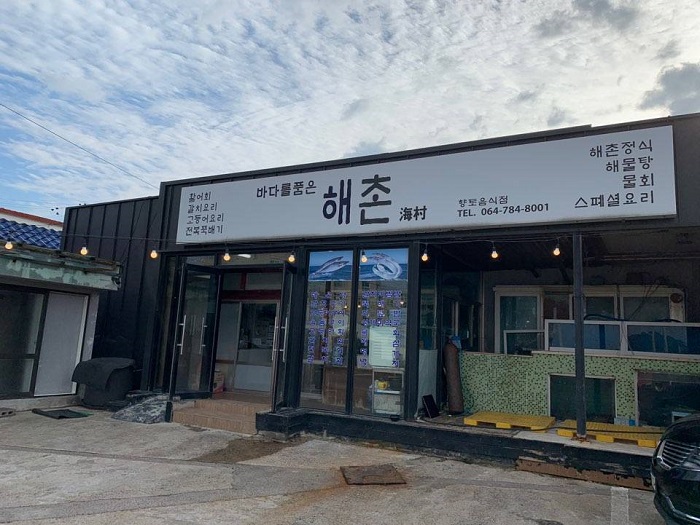
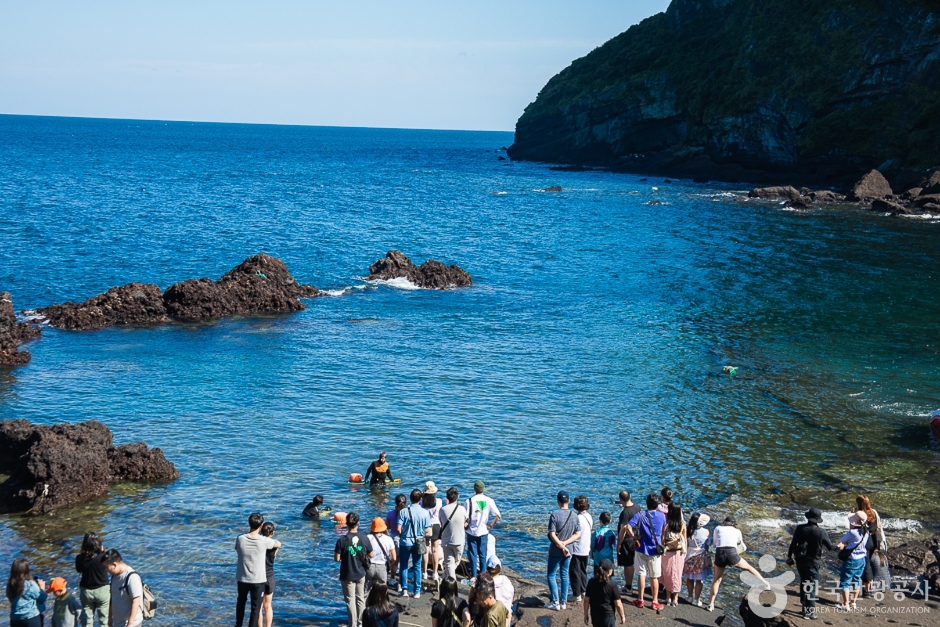
 English
English
 한국어
한국어 日本語
日本語 中文(简体)
中文(简体) Deutsch
Deutsch Français
Français Español
Español Русский
Русский